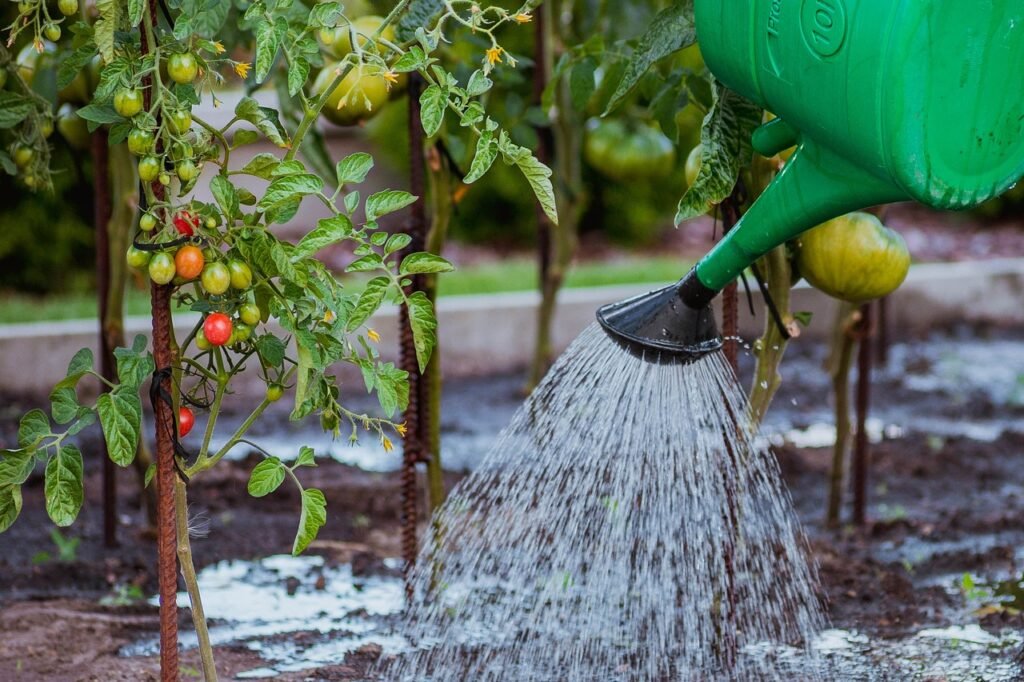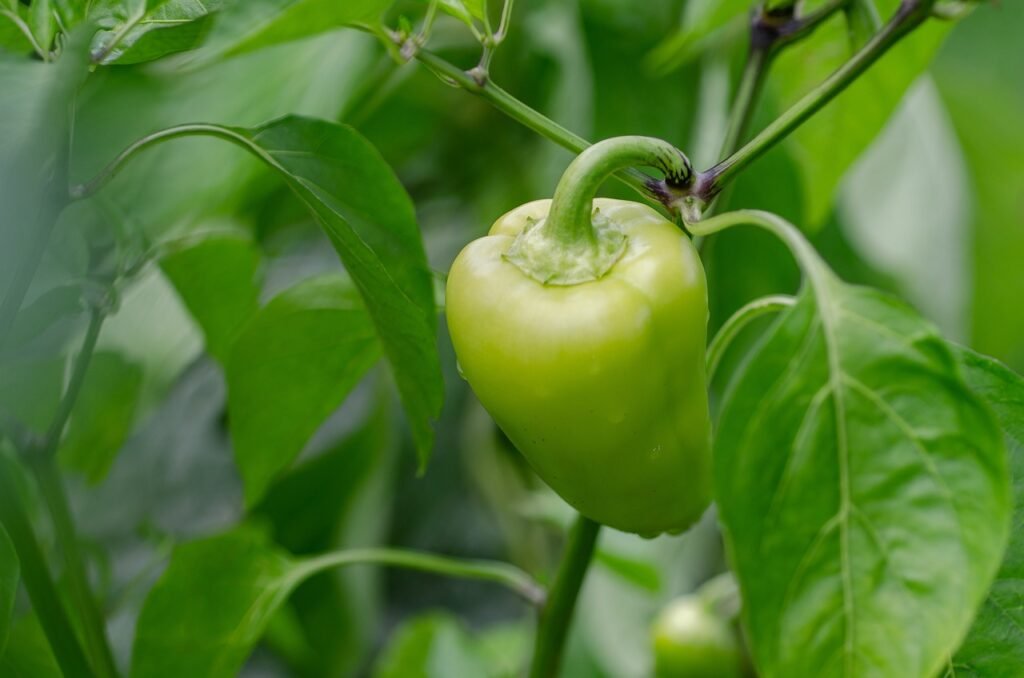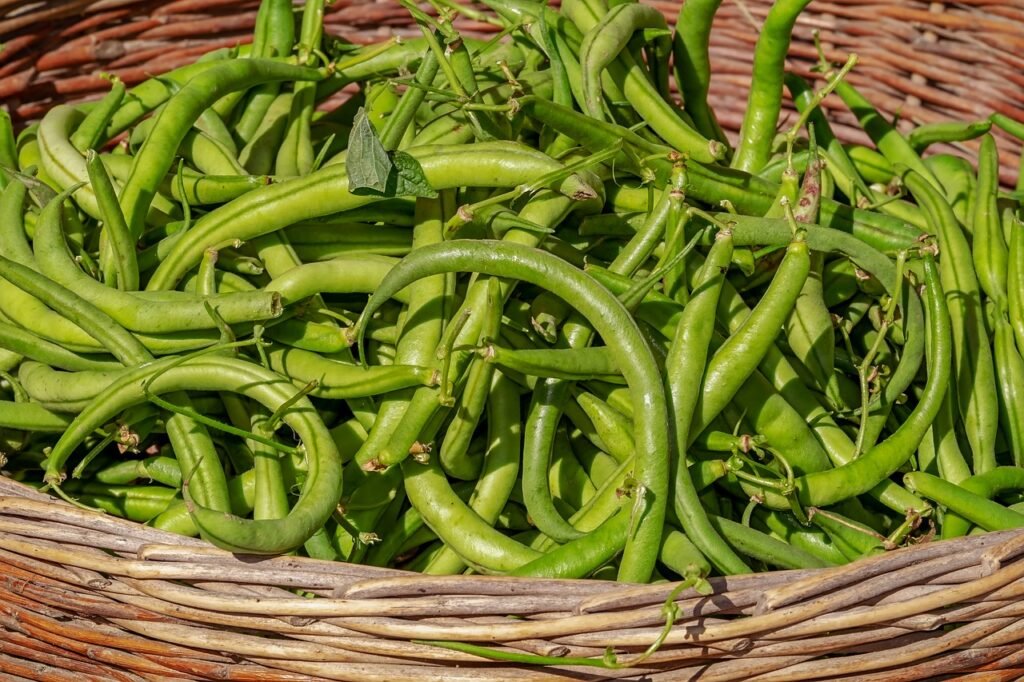Growing your own vegetables is both rewarding and challenging. A healthy vegetable garden provides fresh produce and a sense of accomplishment, but it often comes with its fair share of problems. This guide aims to help gardeners troubleshoot common issues, offering solutions and tips to maintain a thriving garden.
Some of the links on this website may be affiliate links. If you purchase a product or service through these links, I may earn a small commission at no extra cost to you. I only recommend products or services that I have personally used and believe will add value to my readers. Thank you for your support!
Soil Issues
Understanding Soil Health
Soil quality is crucial for a successful vegetable garden. Healthy soil provides essential nutrients, water, and support for plant roots. Key components of soil include organic matter, minerals, air, and water. Each plays a vital role in plant growth.
Identifying Soil Problems
Symptoms of poor soil health include yellowing leaves, stunted growth, and poor yields. Common issues include compacted soil, poor drainage, and nutrient deficiencies. Recognizing these signs early can help address problems before they become severe.
Solutions and Fixes
Start with a soil test to determine nutrient levels and pH. Amend the soil with compost and organic matter to improve structure and fertility. Adjust pH levels if necessary using lime (to raise pH) or sulfur (to lower pH). For compacted soil, consider aeration and adding organic materials to improve drainage. [Read More]
Watering Problems
Watering Basics
Proper watering is essential for vegetable gardens. Both overwatering and underwatering can harm plants. Overwatering can lead to root rot, while underwatering causes wilting and poor growth.
Common Watering Mistakes
Inconsistent watering schedules and incorrect techniques are common mistakes. Watering too frequently or too shallowly can result in weak root systems.

Best Practices for Watering
Water deeply and infrequently to encourage strong root growth. Early morning is the best time to water, reducing evaporation and disease risk. Use mulch to retain moisture and consider drip irrigation or soaker hoses for efficient watering. [Read More]
Disease Management
Recognizing Plant Diseases
Common diseases include blight, powdery mildew, and root rot. Symptoms range from discolored leaves to stunted growth and wilting.
Organic and Chemical Treatments
Use organic fungicides and bactericides to treat diseases. Chemical treatments can be effective but should be used cautiously. Choose disease-resistant plant varieties to minimize issues.
Preventative Strategies
Proper spacing and pruning improve air circulation, reducing disease risk. Maintain garden hygiene by cleaning tools and removing infected plants promptly. Monitor plants regularly and intervene early if problems arise.
Pest Control
Identifying Common Pests
Common garden pests include aphids, caterpillars, and snails. Symptoms include chewed leaves, holes, and distorted growth. Early identification is key to managing pest problems.

Natural Pest Control Methods
Companion planting, such as marigolds with tomatoes, can deter pests. Attract beneficial insects like ladybugs and lacewings to control aphids naturally. Homemade remedies, such as neem oil or garlic spray, can also be effective.
Preventative Measures
Practice crop rotation to disrupt pest life cycles. Keep the garden clean and free of debris where pests can hide. Use barriers like row covers and traps to protect plants.
Nutrient Deficiencies
Essential Nutrients for Vegetables
Key nutrients include nitrogen (N), phosphorus (P), and potassium (K), along with trace elements like iron and magnesium. Deficiencies can cause symptoms such as yellowing leaves (nitrogen) or poor root development (phosphorus).
Diagnosing Nutrient Problems
Visual symptoms and soil tests help identify deficiencies. Common issues include nitrogen deficiency, indicated by yellowing lower leaves, and potassium deficiency, shown by browning leaf edges.
Corrective Actions
Apply balanced fertilizers according to soil test results. Organic options like compost or manure provide slow-release nutrients. Foliar feeding can quickly address deficiencies, and soil amendments can improve long-term fertility.
Environmental Factors
Impact of Weather and Climate
Temperature, humidity, and light significantly affect vegetable growth. Understanding local climate conditions helps gardeners adapt and plan effectively.
Dealing with Extreme Weather
Protect plants from frost with covers or cloches. Provide shade during excessive heat using shade cloths. Windbreaks can shield plants from strong winds, preventing damage.
Seasonal Gardening Tips
Plan planting schedules according to the seasons. Use cold frames or greenhouses to extend the growing season. Plant cool-season crops like lettuce in early spring and warm-season crops like tomatoes after the last frost.
Common Vegetable-Specific Problems
Tomatoes
Issues include blossom end rot, caused by calcium deficiency, and splitting, due to irregular watering. Blight is a common fungal disease. Prevent problems with consistent watering and by choosing disease-resistant varieties.
Peppers
Peppers can suffer from sunscald, which is prevented by providing partial shade. Blossom drop occurs with temperature fluctuations, while aphids can be controlled with insecticidal soap or natural predators.

Leafy Greens
Bolting, or premature flowering, happens in hot weather. Leaf miners create tunnels in leaves, and powdery mildew appears as white spots. Use shade cloth to prevent bolting and neem oil for pest control.
Root Vegetables
Forking in carrots results from rocky soil or improper thinning. Root rot is common in poorly drained soil. Protect against pests like carrot flies with row covers and maintain good soil structure.
Cucumbers
Cucumbers can suffer from several problems including:
- Powdery Mildew: A fungal disease that appears as white powder on leaves. It can be controlled with fungicides or neem oil.
- Cucumber Beetles: These pests chew on leaves and transmit bacterial wilt. Use row covers to protect young plants and apply organic insecticides if necessary.
- Downy Mildew: Yellow patches on leaves that turn brown. Ensure good air circulation and use resistant varieties.
- Bitter Taste: Often caused by environmental stress such as inconsistent watering or high temperatures. Maintain regular watering schedules and provide shade during extreme heat. [Read More]
Harvesting and Post-Harvest Care
When to Harvest
Harvest vegetables at their peak for the best flavor and nutrition. Signs of readiness vary: tomatoes should be fully colored, while root crops like carrots should have a firm texture.
Harvesting Techniques
Use sharp tools to avoid damaging plants. Harvest in the morning when temperatures are cooler. Store vegetables properly to extend their shelf life. Root vegetables can be stored in a cool, dark place, while leafy greens do best in the refrigerator.

Post-Harvest Issues
Proper handling and storage prevent spoilage. Keep harvested produce clean and dry to reduce mold risk. Monitor stored vegetables regularly and remove any that show signs of decay.
A successful vegetable garden requires attention to soil health, proper watering, pest and disease management, and nutrient balance. Recognizing and addressing these issues early ensures a healthy, productive garden.
Gardening is a continuous learning process. Stay curious, experiment with different methods, and don’t be discouraged by setbacks. Utilize resources like gardening forums, local extension services, and books to expand your knowledge.
Appendices
Glossary of Gardening Terms
- Aeration: The process of introducing air into the soil to improve drainage and root growth.
- Blight: A plant disease, often caused by fungi, that results in rapid decay and death of plant tissues.
- Companion Planting: Growing different plants together to benefit each other by deterring pests, improving soil health, or enhancing growth.
- Crop Rotation: Changing the types of crops grown in a particular area each season to prevent soil depletion and control pests and diseases.
- Foliar Feeding: The application of liquid fertilizer directly to plant leaves.
- Fungicide: A chemical compound or biological organism used to kill or inhibit fungi or fungal spores.
- Green Manure: Crops grown specifically to be turned into the soil to improve its organic content and fertility.
- Irrigation: The artificial application of water to the soil to assist in growing crops.
- Mulch: A material spread over the surface of the soil to conserve moisture, improve fertility, and reduce weed growth.
- Neem Oil: A natural pesticide derived from the seeds of the neem tree, effective against a variety of pests.
- pH: A measure of the acidity or alkalinity of the soil, with 7 being neutral, below 7 acidic, and above 7 alkaline.
- Row Cover: A lightweight fabric used to protect plants from pests and extreme weather conditions while allowing light, air, and water to penetrate.
- Soaker Hose: A hose with small holes that allows water to seep out slowly, providing consistent moisture directly to the soil.
- Transplanting: Moving a plant from one location to another, typically from a seedling tray to its final growing location.
Further Reading
Books
References
- Smith, Edward C. “The Vegetable Gardener’s Bible.” Storey Publishing, 2009.
- Rodale Institute. “Rodale’s Ultimate Encyclopedia of Organic Gardening.” Rodale Books, 2009.
- Riotte, Louise. “Carrots Love Tomatoes: Secrets of Companion Planting for Successful Gardening.” Storey Publishing, 1998.
- Damrosch, Barbara. “The Garden Primer.” Workman Publishing Company, 2008.
- The Old Farmer’s Almanac. “Vegetable Gardening for Beginners.” Accessed June 2024. https://www.almanac.com
- Gardening Know How. “Gardening Tips, Advice and Information.” Accessed June 2024. https://www.gardeningknowhow.com
- Extension Master Gardener. “National Extension Master Gardener.” Accessed June 2024. https://mastergardener.extension.org/
- Rodale Institute. “Rodale Institute.” Accessed June 2024. https://rodaleinstitute.org/

